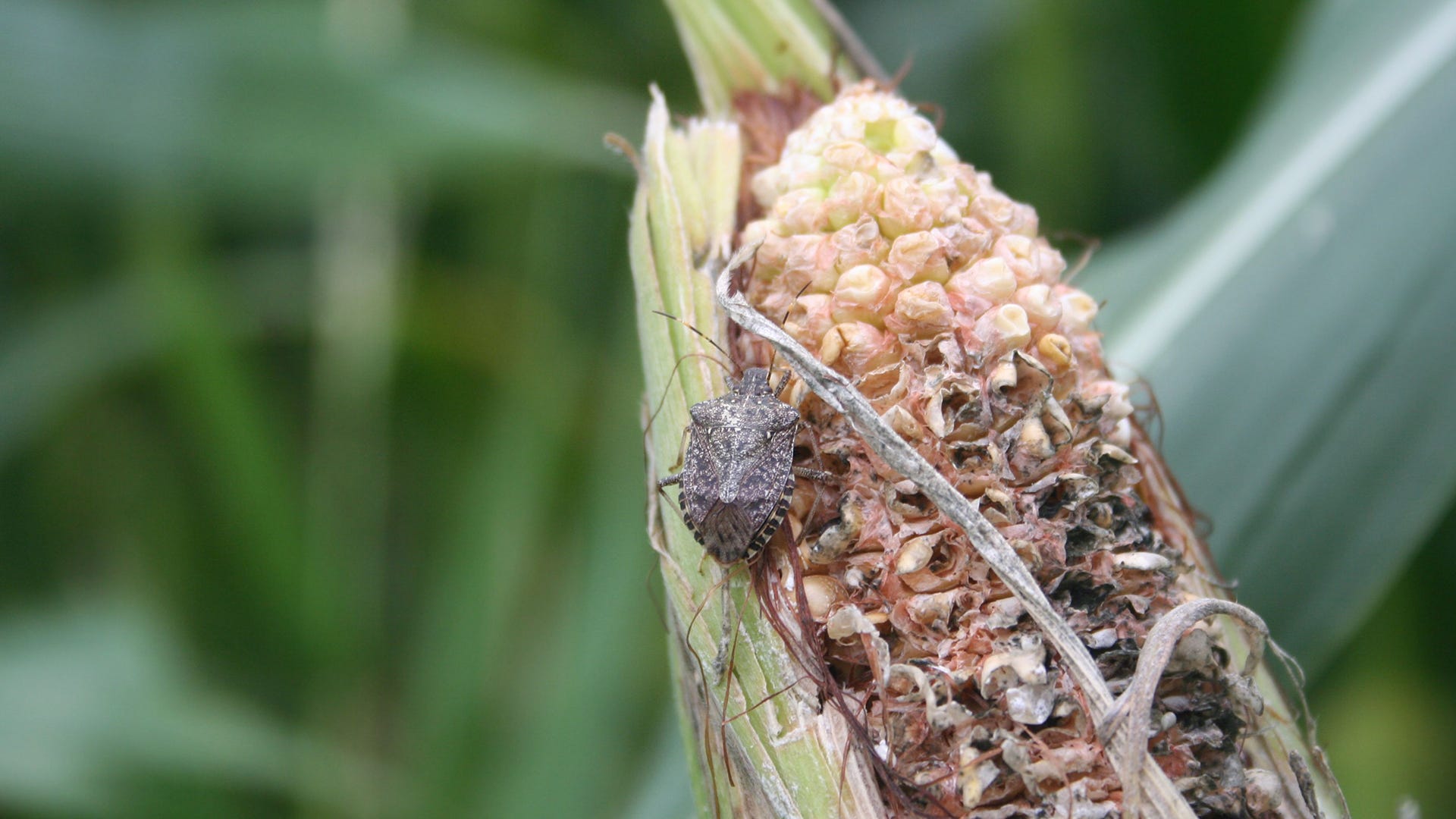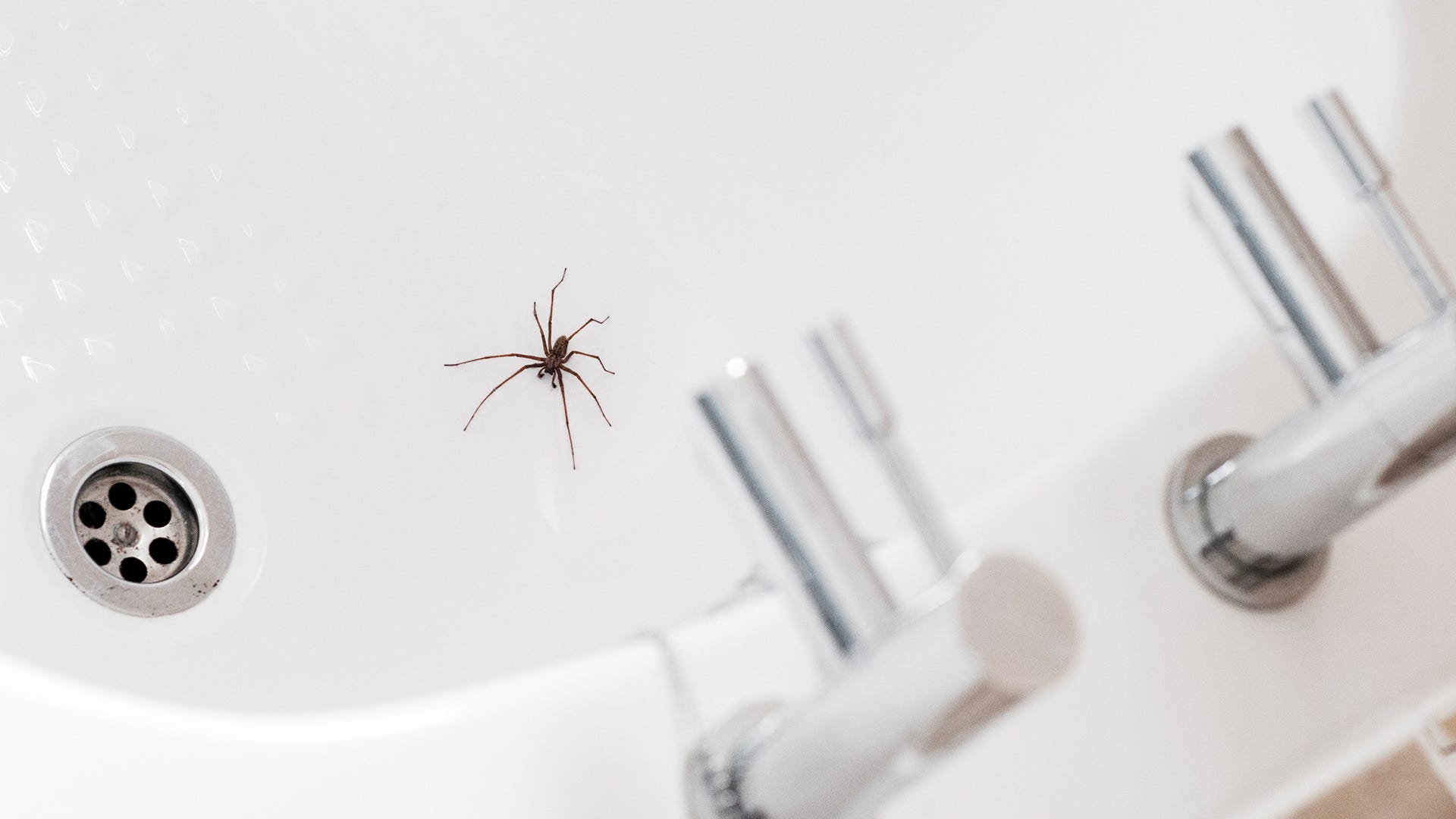Don’t let their tiny size fool you, ants are a gigantic problem. Yesterday, you had no idea there were ants lurking around your home, today they seem to be everywhere. Ants can quickly invade your indoor and outdoor spaces, so you need to be prepared to confront them head-on when the time comes. Should you use bait for the problem in your kitchen? Would a spray be better to use in cracks and crevices?
These and more are common questions when it comes to figuring out the best way to remove ants. We’ve taken the guesswork out of the equation for you. Read on to learn more about when to use baits and contact killers, so you can make the most of your time and eliminate ants as efficiently as possible.
What is Ant Bait and Where to Use It
Ant bait attracts ants that are plaguing your home by appealing to their natural instincts. Ants love sweet food and will actively search for it to bring a high calorie meal back to their colony. Baits are typically flavored with a sweet lure to entice ants to search for it over other foods that may be available in your home. Ants foraging for food will then carry the bait back to the colony where many ants will eat it. While ant baits can come in a variety of forms, the most common types of bait are liquid and granular.
Ants can hide in any number of places including cracks, crevices, in walls, or underneath appliances. Using bait as your method of ant elimination helps ensure you can reach all these places without having to move furniture or find every entry point. Ant baits are small, so they can be placed nearly anywhere you’ve noticed ant activity. For the best results, place the baits close to high-activity areas to ensure as many ants as possible will come into contact with it.
Pros and Cons of Using Ant Bait
As with any product, there are several pros and cons for using them. Use these as a guide to help you choose which product is best suited to your needs.
Pros
- Easy Application – Baits do the work of attracting ants, so all you do is open the bait container, place, and wait! The small size of the container allows them to be placed in many different areas with ease.
- Bulk Elimination – Liquid and granular ant baits allow you to eliminate many ants at one time. Any ant that eats enough of the bait will meet its demise. Ants will also share the bait, allowing you to eliminate the ants you see as well as the ones you don’t.
- No Mess or Residue – Ant bait stations are entirely self-contained. With the exception of bait granules, you never have to worry about cleaning up dust or residue like those left behind by contact killers.
- For Use in Homes with Kids and Pets – While it is always best to place any ant killer out of reach of children and pets, ant bait stations are safe for use in homes with kids and pets when used as directed.
- Makes Ants Do the Hard Work – It may seem like one or just a handful of ants are taking the bait away from where you placed them. However, once the bait is taken to the colony, it is shared among many ants, allowing you to eliminate many at once without ever having to hunt them all down.
Cons
- Can Take Up to 2 Weeks – The baiting method takes time. It may be several days before ants decide to eat the bait. For the best results, keep a continuous supply of bait available as it may take a few applications to eliminate a large colony.
- Must Consistently Monitor Baits – To be as effective as possible, ants should have access to a continuous supply of bait. It’s necessary to monitor and replace baits as they become low or empty to keep ant populations down and to avoid allowing their populations time to recover.
What Are Contact Killers and Where to Use Them
Ant sprays, dusts, and granular killers all work by poisoning ants that come into contact with their ingredients. These products are commonly used to kill ants on the spot and can also be used to create a barrier around areas you wish to protect.
Contact killers are typically applied directly to ants or their mounds. For them to work, ants must directly touch or be sprayed by these products. Granular contact killers and ant dusts must be placed where you’ve noticed ant activity. Once ants touch the granules or dust, they will be eliminated immediately. For the best results, place contact killers on mounds, in flower beds, lawns, and in cracks or crevices. When using a contact killer ant spray, spray the ants thoroughly from several inches above your targets.
Pros and Cons of Using Contact Killers
Use the pros and cons below to weigh your options and choose whether a contact killer is the best solution for your home and property.
Pros
- Indoor and Outdoor Use – Contact killers are strong enough for use both indoors and out. Most can fit into small spaces where ants find entranceways and can be used in many areas throughout the home and on your property.
- Weather Resistant – Contact killers provide long-lasting, durable protection even when used outside in the elements. Most granules and dusts will provide several weeks of protection whereas most sprays need to be applied directly onto ants.
- Immediate Results – Can’t wait? Contact ant killers provide immediate results. Simply place them or spray on your target and ants will immediately meet their demise.
- Provides Residual Protection – This type of ant killer doesn’t have to be applied many times. Even the residual particles leftover can be enough to eliminate more ants.
- Protects Large Areas – Sprays come with enough liquid in each bottle to cover a large area and make it convenient to kill ants as you can easily carry it around with you as you hunt for more ants to eliminate. Granules and ant dust can be placed around the perimeter of homes and in many different areas, giving you widespread protection.
Cons
- Not for Use Around Kids and Pets – All forms of contact killers contain poisons. For the safety of your family, it’s best to keep these types of ant killers away from areas where kids and pets play. It’s also important to keep in mind there may be residual poisons left over after application.
- Cleanup Required – Unlike baits, contact killers tend to be messier and require cleaning up after use. Sprays leave behind residual liquids that could be harmful, especially if left in the kitchen or around food surfaces. Granules and dusts should be disposed of properly in a garbage bin.
- Only Kills Ants It Touches – Baits kill the ants you see and the ones you don’t while contact killers only kill the ants that come into direct contact with it. You may have to place dust and granules in multiple areas to be effective or search many areas with the spray can.
- Repeat Applications May Be Necessary – Since contact killers only target ants found outside the colony, repeat applications may be necessary to make a large dent in their populations. Monitor the infestation daily to ensure you’re eliminating as many ants as possible.
How to Choose the Best Option for You

There are several questions you should ask yourself before you choose an option that’s best for you. These questions will help determine the most effective route to take against ants and take into account safety measures around your home to keep you and your family protected.
- Are You Seeing Swarms of Ants or Just A Few? If you’re seeing a massive influx of ants indoors, outdoors, or both you need the colony-stopping power of ant baits. It may take several weeks, but you can rest assured it will take out a significant chunk of their population. Are you one of the lucky few who are only seeing a handful of ants around the house or yard? Try a contact killer as you probably don’t have a full-blown infestation on your hands. Keep an eye out for increased sightings of these pests so you can eliminate them before you have swarms.
- Do You Need Immediate Results? If you can’t stand to have ants around for another second, break out the sprays, granules, or dust contact killers. These powerful ant killers will stop ants in their tracks. If you have time to spare, you can use baits to make a larger impact on the ant population and ensure you get the ants you haven’t been able to spot as well.
- Does Your Home Have Kids or Pets? Kids and pets are some of the most curious creatures on the planet and will not hesitate to sniff or taste anything in their paths. That also includes any residual poisons leftover or containers of baits. Ant baits are the safest option for homes with kids and pets as the containers can be placed safely out of reach.
Which Ant Killer Will You Choose?
Do ant baits or contact killers seem like a better choice for your home and property? Let us know on our Facebook page and don’t forget to share your stories and pictures! Are you waiting to find a coupon? Sign up for our e-newsletter and we’ll send you coupons, deals, new product alerts, and helpful articles right to your inbox. If you want to learn more about insects that may be plaguing your home, head over to our Learning Center to peruse our insect fact pages and more.






